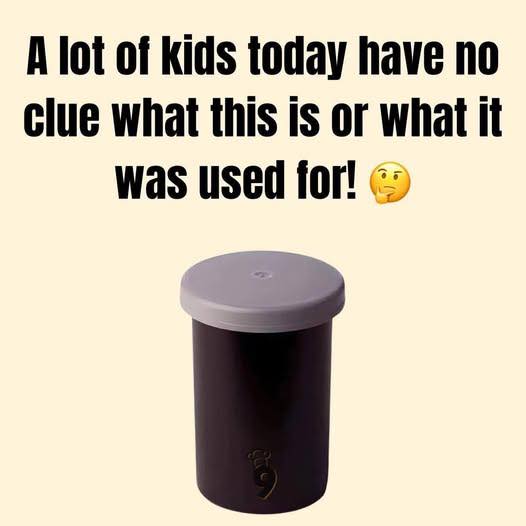Before smartphones, before the cloud, before we could take a hundred selfies in a minute and delete 99 of them—there was the film canister. If you’re old enough to remember carrying a roll of film in your bag, or dropping off a packet at the photo lab and waiting days for the prints, you know the small thrill of holding one of these little plastic cylinders.
The film canister, once an essential part of everyday life, has now become a forgotten relic. But for many, it’s more than just an obsolete object—it’s a time capsule of memories, wrapped in black plastic and sealed with nostalgia.
What Was It For?
At its core, a film canister served a very practical purpose: it protected photographic film from light, dust, and physical damage. These canisters were typically made of lightweight plastic or sometimes aluminum, with a tightly sealed cap to prevent exposure to light. Inside, you’d find a roll of 35mm film—the standard format for most point-and-shoot and SLR cameras from the mid-20th century up through the early 2000s.
How It Worked:
You’d open your camera, insert the roll, feed the film into the mechanism, and advance it manually (or automatically if you had a fancier camera). Each exposure captured an image. Once all the exposures were used up—usually 24 or 36—you had to rewind the film, remove it carefully, and place it back in the canister for developing.
It might sound tedious by today’s instant-gratification standards, but this process made photography feel intentional. Every shot mattered.
The Anticipation of Developing Photos
The most magical (and frustrating) part of the process was the wait. You dropped the film off at a photo lab or pharmacy—maybe even mailed it in—and waited several days to see your pictures.
You didn’t know which ones turned out. Did you blink? Did the lighting work? Was it focused? It was a mystery until you held those glossy 4×6 prints in your hands.
This wait created a sense of excitement and anticipation that’s largely missing in today’s digital age. There was something special about flipping through a fresh stack of photos, seeing your memories for the first time, all at once.
A Second Life for Canisters
As digital photography took over in the early 2000s, film—and film canisters—started to disappear from daily life. But those little black-and-gray capsules were too useful to toss away without a second thought.
People quickly realized that these canisters could be repurposed in clever, practical, and sometimes even artistic ways.
Common Uses After Film:
Next page





